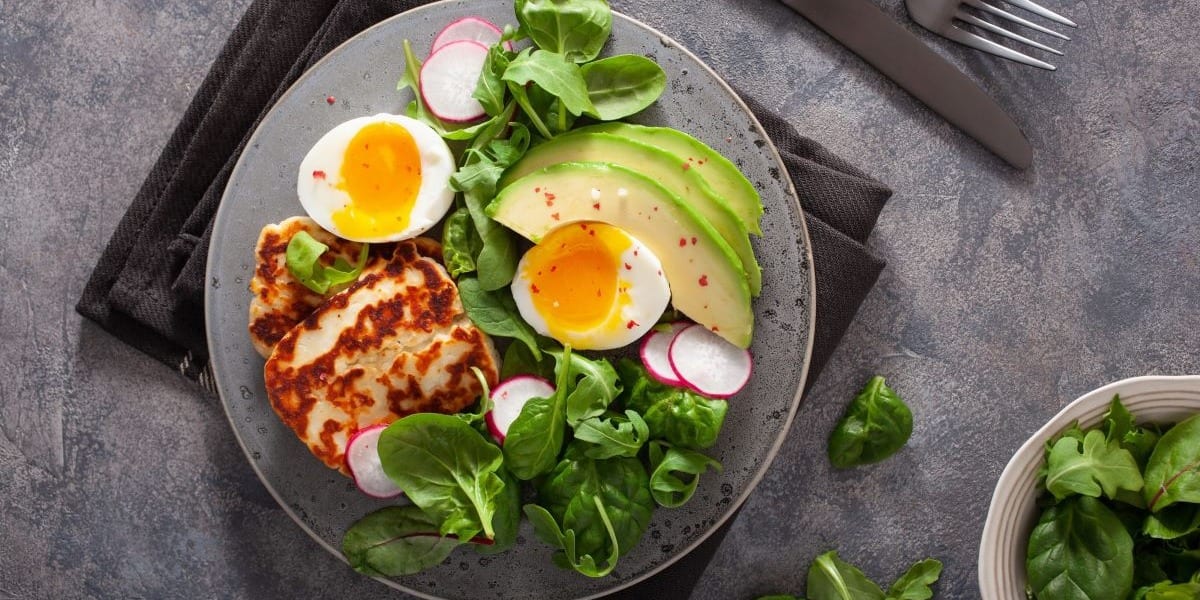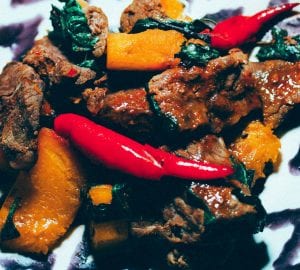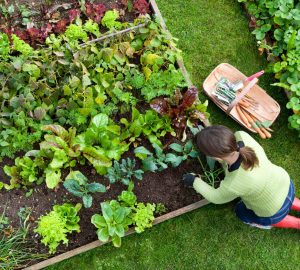Cutting carbs doesn’t have to be hard. With these tips, you can eliminate carbs from your diet without even noticing the difference. Check it out!
Cutting carbs is no easy feat. There are a lot of foods that most people don’t even realize contain carbohydrates. Not to mention, most comfort foods are very high in carbs.
If you are trying to follow a low-carb diet like the Keto diet or paleo diet without feeling like you are suffering the effects of starvation, you need to learn how to cut out those unnecessary carbs that are hidden in our everyday foods.
These hidden carbohydrates are the most unhealthy carbs, anyway. They deserve to be cut out of your diet.
Here are seven ways to do just that:
1. Beware of Any Drink That Isn’t Water
Pure water is essential for a healthy life and the best source of hydration. However, there are plenty of people who would rather drink something with a little more flavor.
When you divert from water, though, all else is dangerous.
Soda is a big no-no and chock full of carbohydrates in the form of sugars. While some diet sodas have low or no carbs, they still contain some sketchy ingredients that could be harmful to your health.
Sweet tea is popular in the south, but it’s also full of sugar.
Coffee can be acceptable if you drink it black. If you must add something to your coffee, use half and half and/or a natural sugar substitute.
Even fruit juice, which most people would consider healthy to drink, is full of carbohydrates and should be severely limited.
Energy drinks are some people’s go-to when they face an afternoon slump. All energy drinks contain over 25 grams of carbs unless you choose the sugar-free version, but that brings us back to the dangers of artificial sweeteners.
Even milk contains carbs, so stick with water to be safe.
2. Embrace Lettuce Wraps
Bread is one of the highest sources of carbs, but sandwiches are so easy and filling. How can you keep this convenient lunch an option without breaking your carb limit every day?
Just swap your bread with lettuce! Lettuce wraps are filling and can contain any traditional sandwich ingredients, but they don’t have all the carbs you’d get from two slices of bread.
To make a lettuce wrap, choose strong but pliable lettuce such as Boston bibb or iceberg lettuce.
If lettuce wraps are something you would like to add to your weekly meal plan, these 25 low-carb lettuce wrap recipes will help get you started.
3. Buy an All-in-One Veggie Cutter
Many people substitute veggies in the shape of their favorite carb to “cheat” the brain into thinking that they are eating their favorite high-carb meal. But this can be a challenge with a simple pairing knife.
Thankfully, there is a nifty tool that you can use:
An all-in-one veggie cutter!
They can turn zucchini into spaghetti, eggplant into lasagna noodles, and cauliflower into rice.
Once you learn how to use the tool, you’ll be amazed by the number of ways you find to substitute veggies for otherwise high-carb foods.
4. Avoid the Carb Aisle Like the Plague
You know the aisle we’re referring to. It goes by other names, too. Whether you call it the snack aisle, the cookie aisle, or the cracker aisle, just don’t visit it.
There is nothing in this aisle that you want to take home with you if you are trying to cut carbs. Avoid temptation by simply skipping that aisle entirely.
Employ the “out of sight, out of mind” mentally and keep these food products as far away as possible.
5. Eat a High-Protein Breakfast
Protein is an important part of a low-carb diet. When you get a good dose of this filling macronutrient early in the day, you’ll feel fewer cravings all day long.
When it comes to a high-protein breakfast, eggs win the award hands down, but other foods can also be used.
Nut butter, Greek yogurt, and the all-time favorite, bacon, can start your morning off right.
6. Familiarize Yourself with the “Other Flours”
Wheat flour is a constant in many recipes and is the source of much of the carbs that our traditional foods contain. When you are cutting carbs, avoiding wheat flour is a big challenge.
You can still enjoy baked goods or recipes that contain flour by using low-carb flour. Yes, there is such a thing as carbless flour.
Almond flour and coconut flour are two of the most popular flour substitutes. They do have a slightly denser texture and can’t be used in recipes in an equal ratio to wheat flour, so understanding how to use them is essential.
This ultimate guide to low-carb flour will teach you how these can be used and which are the best. Once you know how to incorporate this ingredient into your favorite dishes, you won’t even miss traditional flour!
7. Get Enough Healthy Fats in Your Diet
One of the common objections to a low-carb diet is the feeling of never being satisfied. If this is a problem for you, you’re probably not getting enough fat in your diet.
Carbohydrates deliver a lot of energy to the body, so cutting carbs can make you feel sluggish if you don’t replace that energy source. Fat is the answer.
When you increase your fat intake, you will feel less deprived and have more energy throughout the day.
This isn’t to say that you should be filling your diet with unhealthy, fatty foods. Not all fats are good for you. Trans fats should be avoided at all cost as these are dangerous to your health.
But you should be eating healthy fats like nuts, nut butter, seeds, fatty fish, avocado, and coconut oil.
Conclusion
We know carbs are fun to eat, but there are many benefits to eating fewer on a daily basis.
So, do your best to cut back on your carbs using these seven tips. It’s also important to remember that your misery is more mental than physical.
When it comes to developing new habits, taking a mind-over-matter approach can go a long way.
Client Bio
Jill Bowers is the property manager at Industry Columbus, a luxury apartment community in Columbus, OH.









